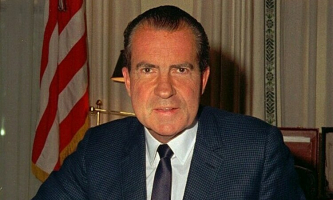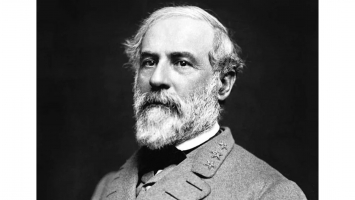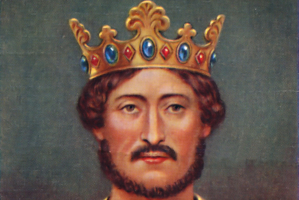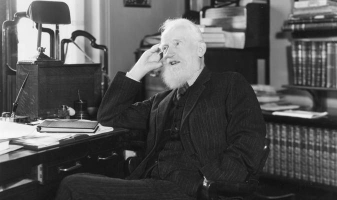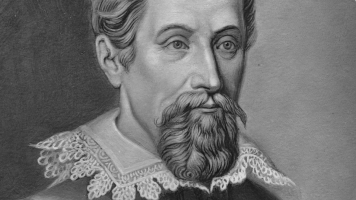Top 6 Interesting Facts about Richard E. Byrd
On October 25, 1888, Richard Evelyn Byrd Jr. was born. He was a well-known explorer and American Navy officer. He rose to become the navy's read admiral for ... read more...his nation. The Medal of Honor, the greatest award an American may get, was also bestowed to Richard E. Byrd. In addition, he is renowned for his journeys across the Atlantic Ocean, excursions to the North and South Poles, and his discovery of Mount Sidley, the largest dormant volcano in Antarctica. Discover all these interesting facts about Richard E. Byrd by reading on.
-
First of all, one of the most interesting facts about Richard E. Byrd is he was a member of a famous family. A well-known American family with English ancestry was the Byrds of Virginia. They were residents of Winchester, a little community close to the Appalachian Mountains. He was a member of one of Virginia's First Families. Planter John Rolfe and his wife Pocahontas, William Byrd II of Westover Plantation, who founded Richmond, and colonial ruler Robert "King" Carter are among his forebears. He was the brother of Harry F. Byrd, a prominent member of the Virginia Democratic Party during the 1920s and 1960s who served as governor of Virginia and senator from the United States; their father once held the office of speaker of the Virginia House of Delegates.
Richard Byrd Sr. was a politician and a rural lawyer who was the father of Richard E. Eleanor Bolling Flood, his mother, also hailed from a well-known and affluent political family.
When Richard was 14 years old, he received an invitation to travel to the Pacific island nation of the Philippines. The North Americans had taken possession of these islands from Spain. Byrd is supposed to have found his sense of adventure and fallen in love with the sea around this time. He desired to explore far-off places and get as much knowledge as he could.
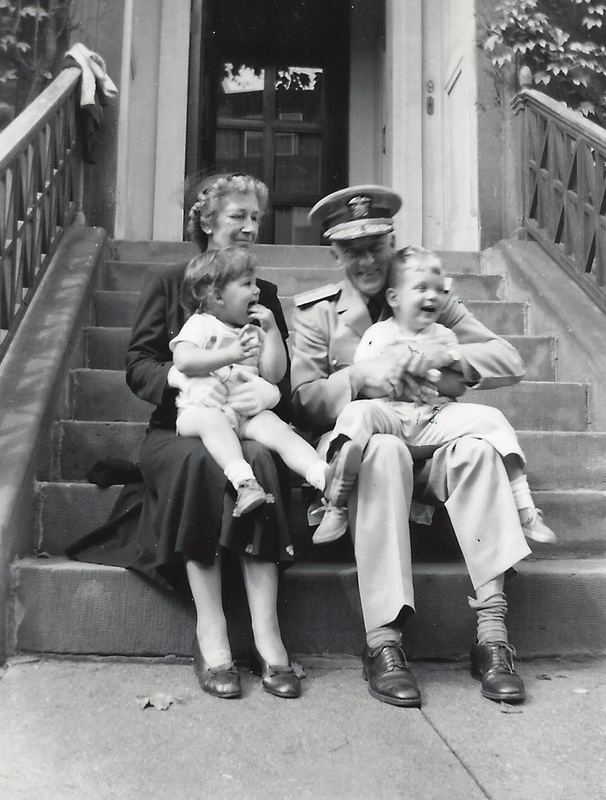
Photo: https://www.admiralbyrd.com/ 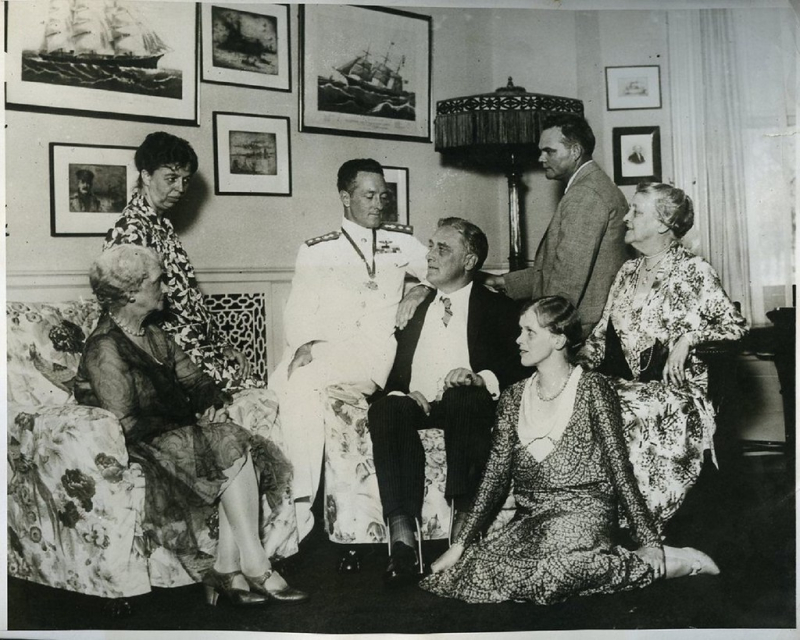
Photo: https://www.flickr.com/ -
Richard Byrd was aware of his desire to achieve great things. He decided to join the Service and start his navy career after visiting the Philippines. Byrd attended the Shenandoah Valley Military Academy, the Virginia Military Institute, and the University of Virginia before finishing his education.
Before deciding to start afresh and accept admission to the United States Naval Academy, where he was appointed as a midshipman on May 28, 1908, financial constraints drove Byrd to attend the Virginia Military Institute for two years before transferring to the University of Virginia. He hurt his right ankle twice while he was a student at the Naval Academy (one was by playing football and the other was while dismounting gymnastic rings during a competition). Despite being permitted to stay at the academy, his wounds ultimately caused him to leave the Navy in 1916.
He graduated from the U.S. Naval Academy, and although not having the finest academics, he excelled at the physical training he underwent.
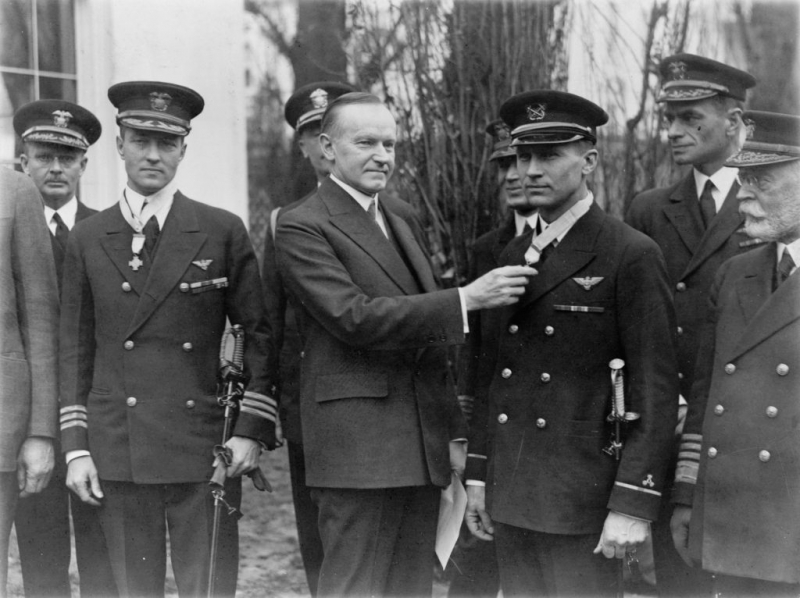
Photo: https://encyclopediavirginia.org/ 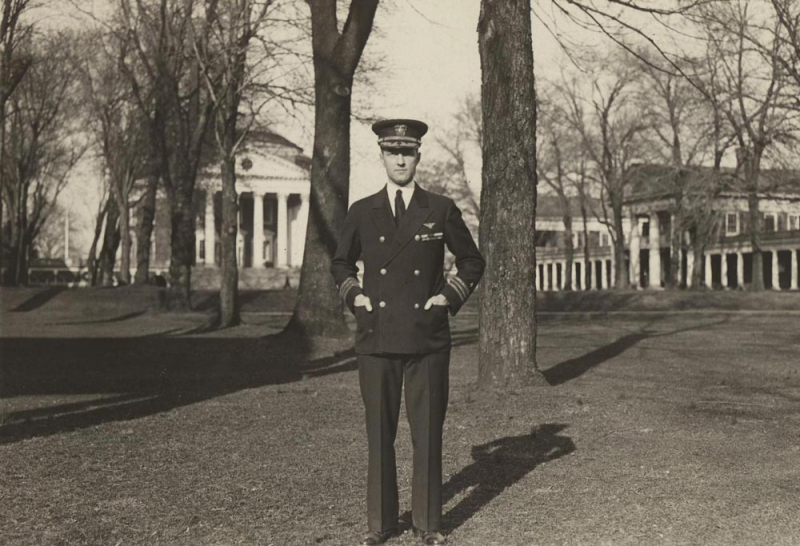
Photo: https://uvamagazine.org/ -
After graduation, Richard E.Byrd’s expedition started immediately, which is one of these interesting facts about Richard E. Byrd. Byrd's desire to fly over the North Pole was sparked by his experience flying over glaciers and sea ice in western Greenland. Byrd and Floyd Bennett, flying from King's Bay in Spitsbergen, Norway, over the North Pole and back, completed what they claimed to be the first aviation flight over the North Pole on May 9, 1926. Except for an oil leak from the starboard engine of their Fokker trimotor aircraft, the flight, which lasted 15 and a half hours, was uneventful. They both received the American Congressional Medal of Honor for their accomplishment, making them both household names.
One of Byrd's early collaborators, Bernt Balchen, even asserted after Byrd's passing that the voyage to the North Pole had been a fake, so there was some doubt if their jet had reached the North Pole. Byrd's famous flight notebook, which was found in 1996, provided additional insight into this issue. According to Byrd's diary entries, he chose to turn around because he was worried about the oil leak when the aircraft was still approximately 150 miles (240 km) from the North Pole. (If this is the case, Roald Amundsen of Norway, Lincoln Ellsworth of the United States, and Umberto Nobile of Italy—who conducted a well-documented journey over the Pole in a dirigible three days after Byrd's mission—should receive credit for the first flight over the North Pole.)
Byrd was a bright man who understood that to participate in planned and difficult trips, he would need to raise money. For this reason, he approached wealthy investors to ask them to send him money; surprise, the majority of them agreed to take part in his journeys.
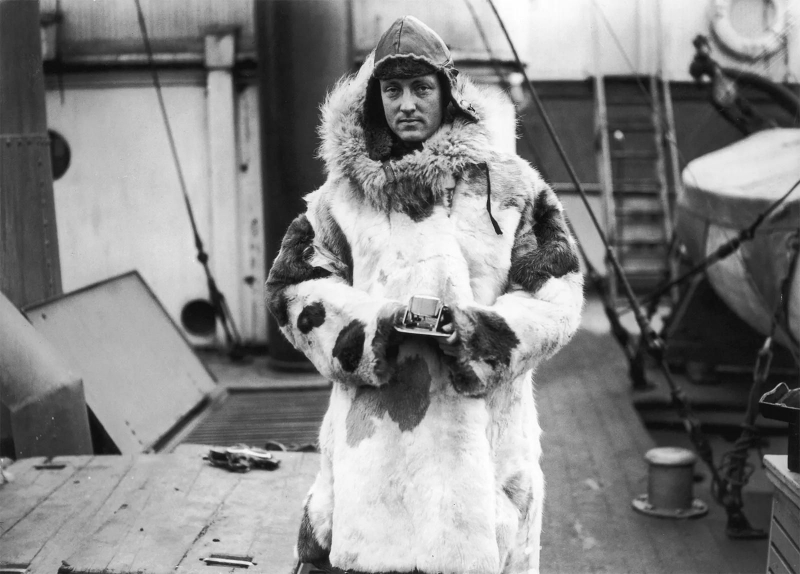
Photo: https://www.britannica.com/ 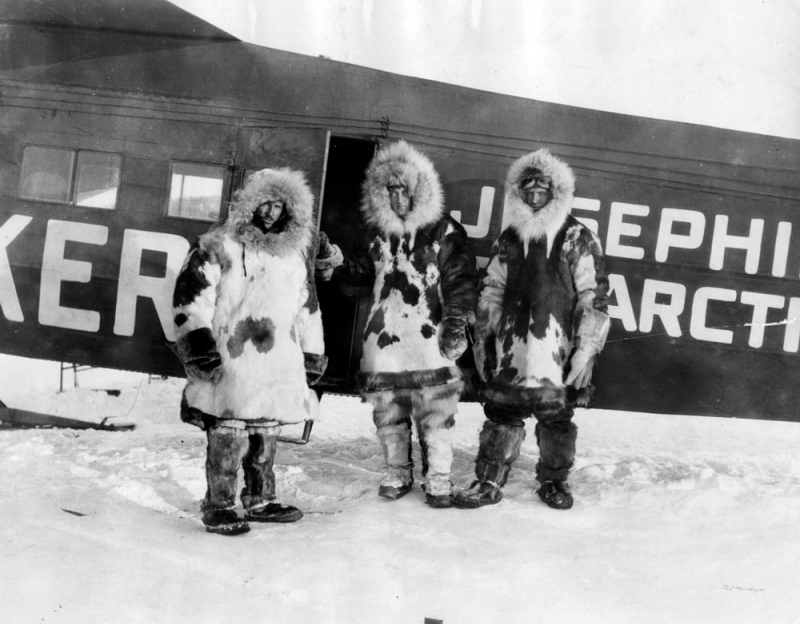
Photo: https://uvamagazine.org/ -
Byrd not only boarded the aircraft but also piloted it all over Antarctica. The British and Norwegians had previously explored Antarctica before Byrd's voyage. But nobody had ever flown over or around this location. People believed that doing so was impossible and that, if they did, they may discover dinosaurs or even extinct tribes.
Byrd was quite intrigued by the numerous urban legends that surrounded this specific location, especially in light of the many potential discoveries he might make. They transported the disassembled plane to Antarctica, where the Ross Ice Shelf put it back together for them. In addition, Byrd decided to found Little America, a small settlement, on the Antarctic ice. Richard Byrd's placement of some American flags there as a sign of his pride in his voyage is an intriguing detail.
But instead of landing at the South Pole, they flew all over what they believed to be the South Pole. Byrd also rose to fame as a result of the boulders he threw from Floyd Bennett's tomb, a buddy who had joined him on the North Pole Expedition.
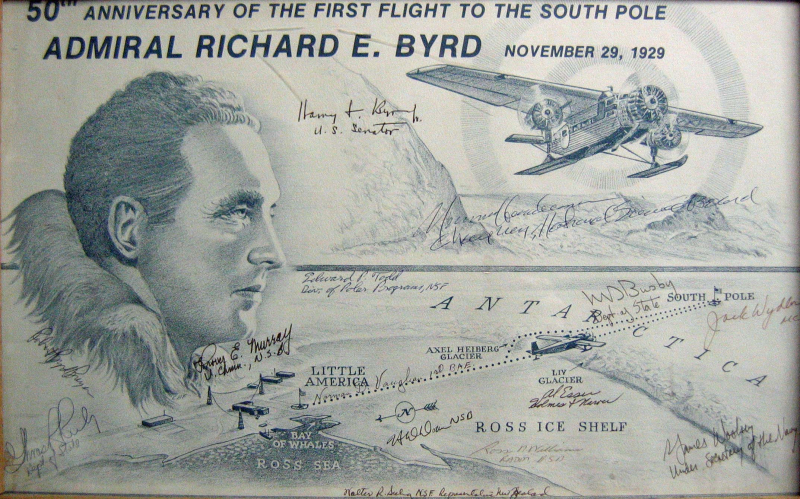
Photo: https://www.southpolestation.com/ 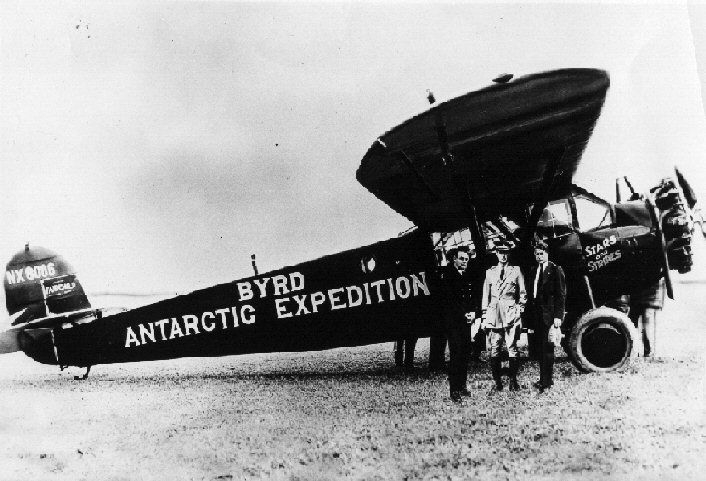
Photo: https://www.pinterest.com/ -
Byrd joined the U.S. Navy as an ensign after earning his degree from the U.S. Naval Academy in 1912. He acquired his piloting skills in the U.S. Naval Air Station in Pensacola, Florida, and until the end of World War I, he distinguished himself in the navy. He created navigational techniques and apparatus for NC flying boats after the war, one of which flew the navy's first transatlantic voyage in 1919. He also worked on the construction of transatlantic dirigibles. When Commander D.B. MacMillan's Arctic expedition to western Greenland, stationed at Etah, was launched in 1924, he served as the commander of a small naval aviation detachment with that mission.
After that, Byrd provided navigational training and permission to utilize the newly enlarged runway for American aviator Charles A. Lindbergh's maiden transatlantic solo flight in May 1927. Byrd, therefore, decided to attempt to fly the Atlantic from west to east. In June 1927, he did so with three passengers and completed the voyage in 42 hours, crash-landing in Ver-sur-Mer on the Brittany Coast of France due to bad weather. He was appointed a Commandant of the French Legion of Honor in recognition of this successful flight.
He spent a lot of time consistently practicing since he wanted to be the best pilot. As he could now combine his passion for flying with his love of adventures and expeditions, he discovered a new sense of adventure.
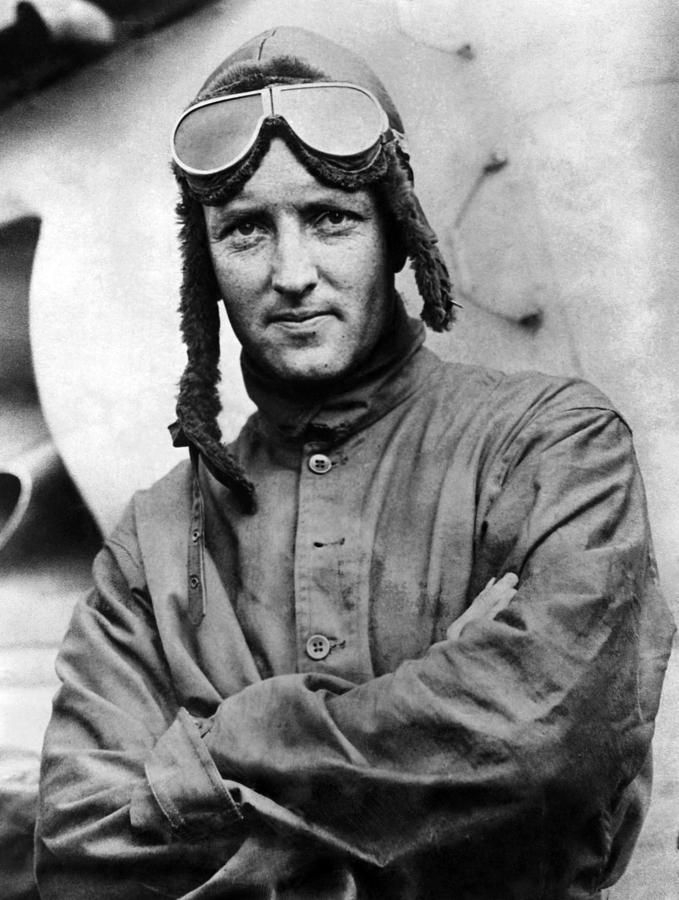
Photo: https://www.pinterest.com/ 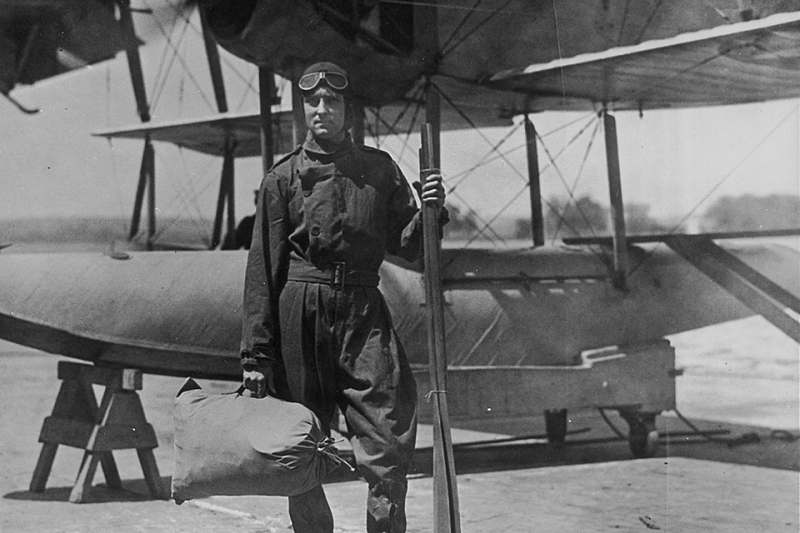
Photo: https://www.historynet.com/ -
To end the list of these interesting facts about Richard E. Byrd he also wrote many books about his adventure. Byrd chronicled his exploits in various publications. His first book, Skyward (1928), details his 1928–1930 Antarctic trip as well as his flight to the North Pole and transatlantic flight. Alone (1938) details his adventures at Bolling Advance Base, while Little America (1930) is an official account of his airborne research in the Antarctic and his journey to the South Pole.
One of his most well-known works was regarded as being Alone. Admiral Richard E. Byrd had already achieved fame around the world for flying the first flights over the North and South Poles when he embarked on his second Antarctic expedition in 1934. For his most recent journey, he intended to spend six months by himself collecting weather information and satisfying his desire "to taste peace long enough to know how good they truly are." However, things started terribly. Byrd had mysterious signs of the bodily and mental disease while he was trapped in the all-encompassing polar night with no chance of escape until spring. Byrd was already in the midst of a titanic struggle to save his life and retain his sanity when he realized that carbon monoxide poisoning caused by a malfunctioning stovepipe was killing him. Alone was a huge bestseller when it was first released in 1938. For brand-new readers, this edition preserves Byrd's remarkable story.
Byrd was an expert at public relations, and the publicity surrounding his voyages helped to establish him as a national hero and a household name on a global scale.
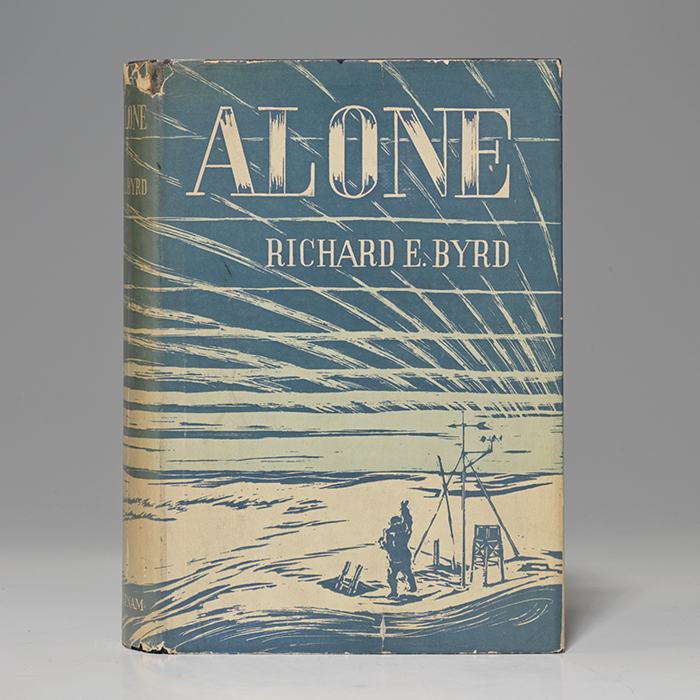
Photo: https://www.baumanrarebooks.com/ 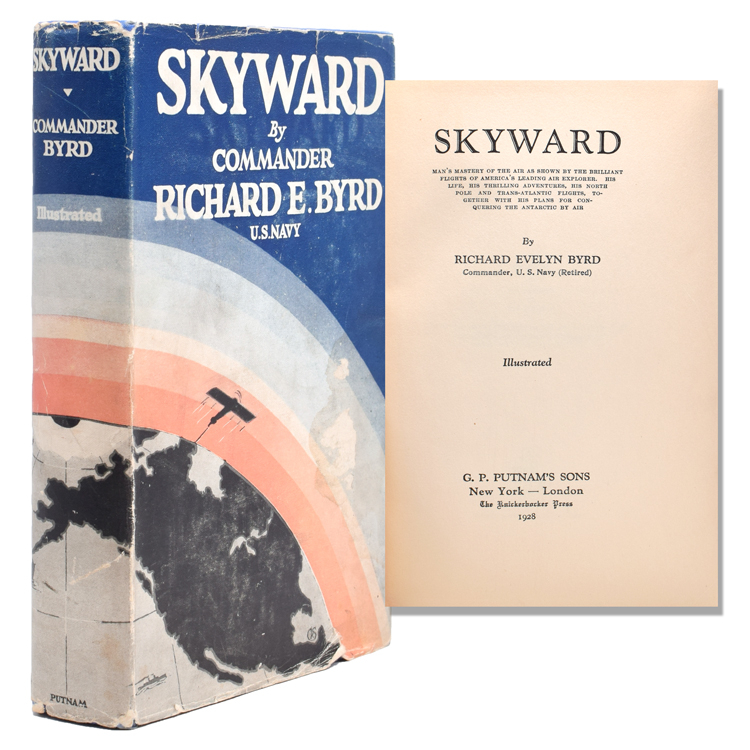
Photo: https://www.jamescumminsbookseller.com/








